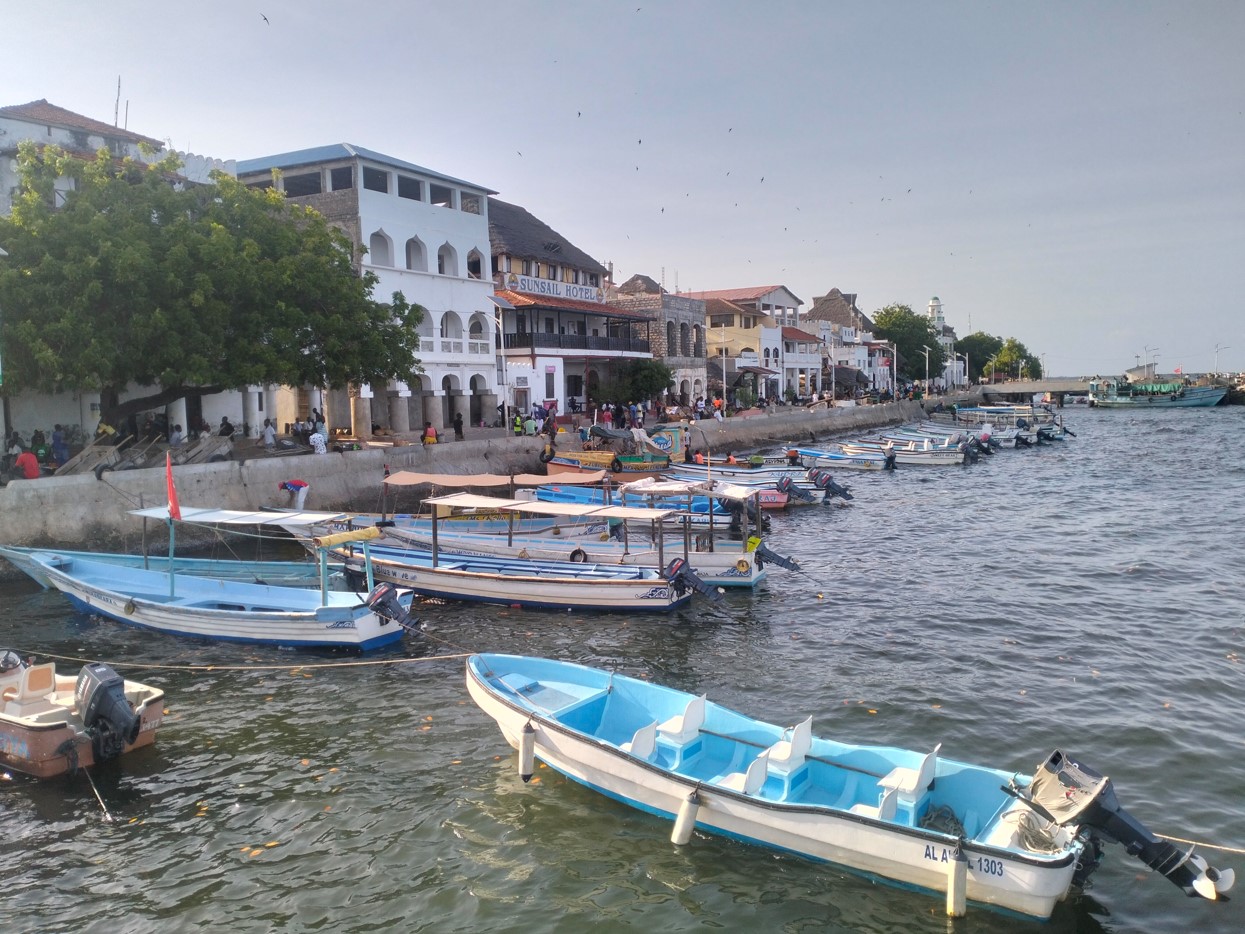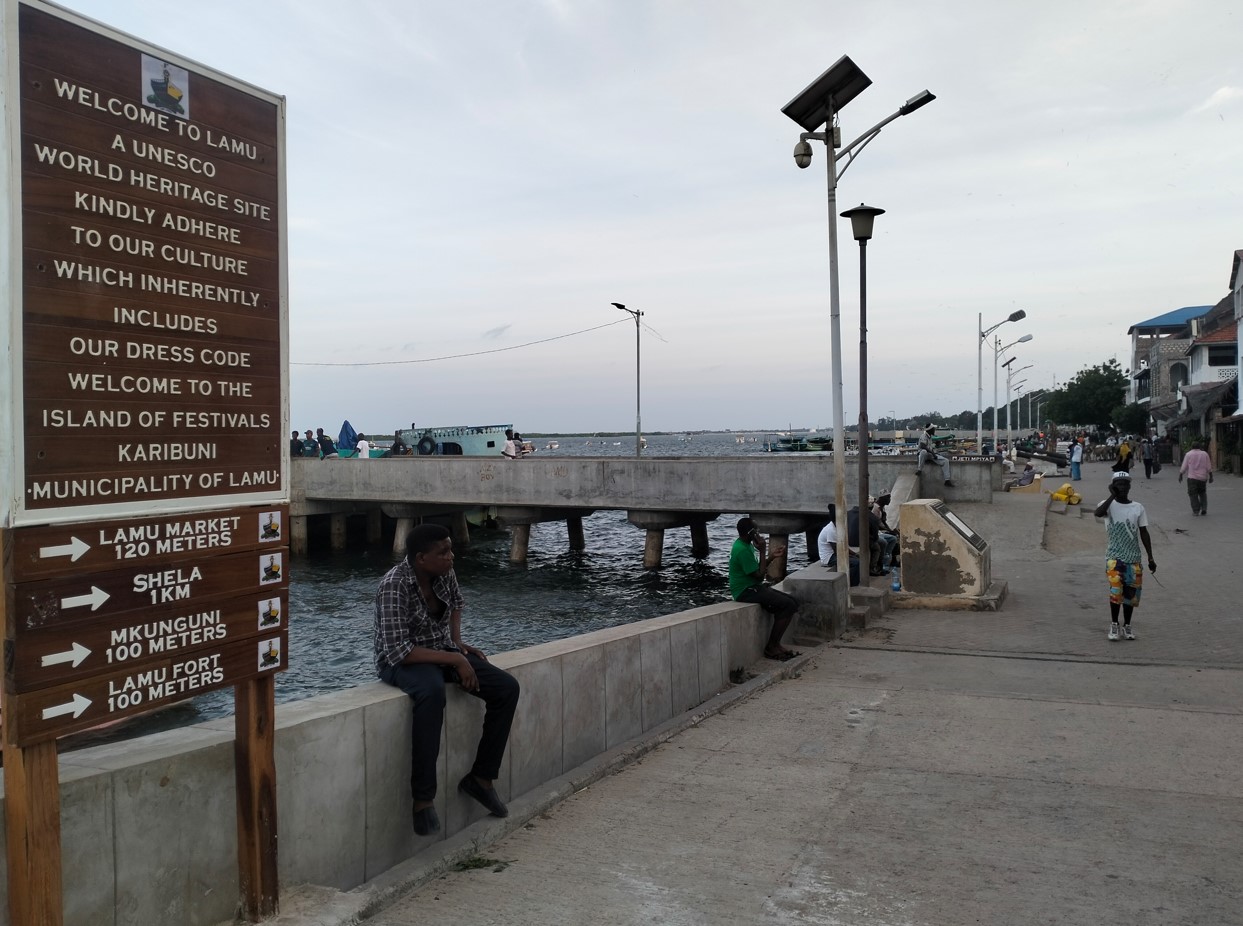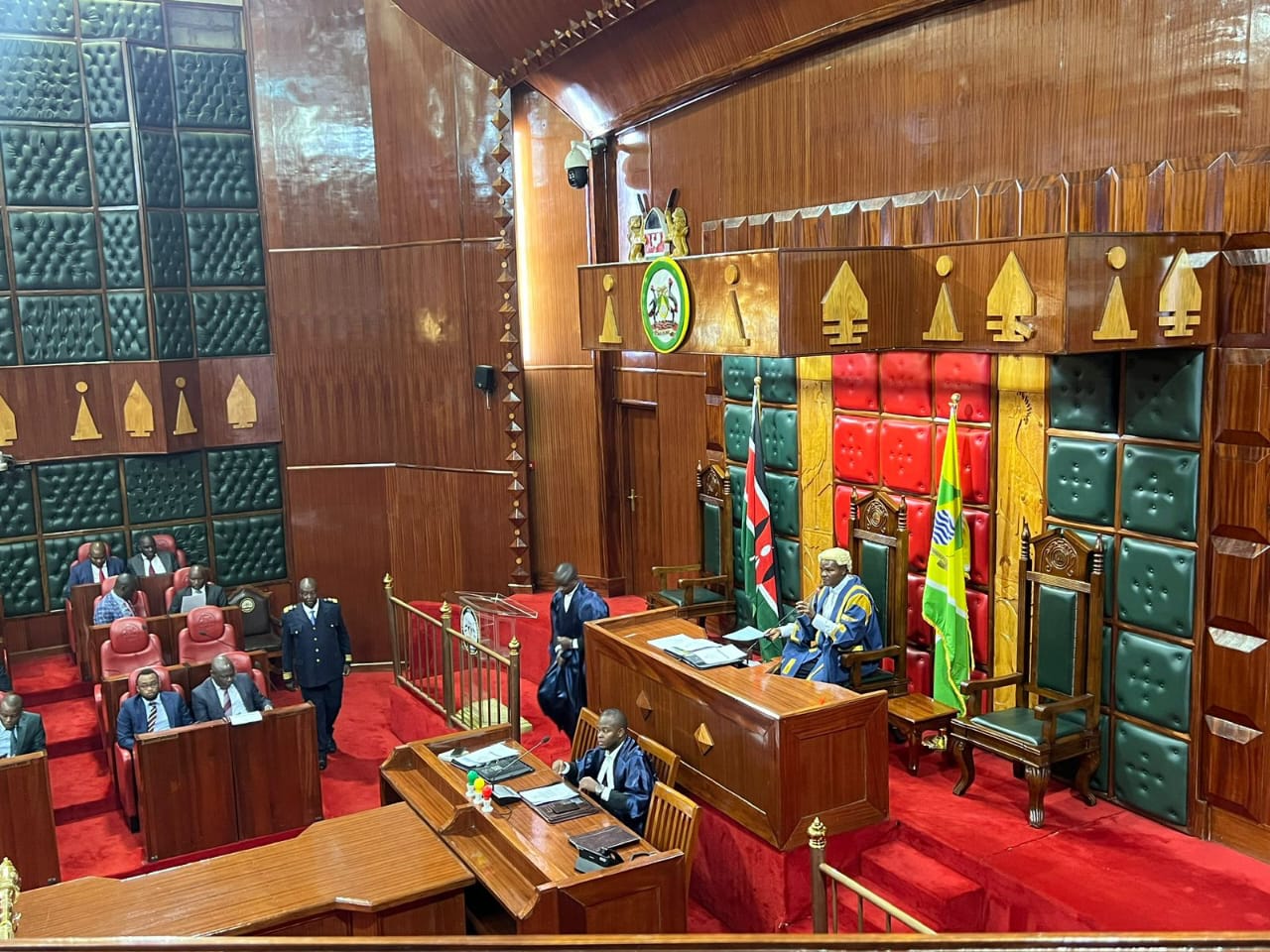Lamu Old Town set for revamp with new signage and street names

The old town has been inhabited for over 700 years and was designated a Unesco World Heritage site in 2001 due to its unique culture and heritage that spans centuries.
Tourists, both local and international, will now have easy access to Lamu paths.
This comes after the Lamu County Government, through its municipality, surveyed and renamed the numerous sites, junctions, streets, and paths, giving the Lamu Old Town, a Unesco World Heritage site, a new look.
More To Read
- Lamu County unveils refugee peacebuilding programme in Kiunga
- MUHURI pursues justice for families of two killed in Lamu crash involving KDF vehicle
- Five elite officers killed, five injured in Al-Shabaab ambush in Lamu’s Boni Forest
- Lamu intensifies efforts to market region as key tourist destination
- Tension as Al-Shabaab insurgents storm Mangai village in Boni Forest, preach to locals
- How donkey dung collection has boosted cleanliness in Lamu Old Town
According to Lamu Municipality Manager Abdulswamad Abdalla, the primary goal of the renaming and signage is to educate the next generation about the traditional names of streets and places (mitaa) in the Lamu World Heritage site.
According to Abdulswamad, the decision was made to ensure that inhabitants, guests, and tourists visiting the archipelago can move freely.
He noted that the first phase of the exercise has already cost the Lamu Municipality about Sh1 million with more expected in the second phase of the exercise.
The municipality manager insisted on the need for proper planning within Lamu Island, particularly the Old Town, which is the county’s tourist hub.
“We have started by providing ancient names of the various areas in Old Town through the assistance of the elders. They’re the ones who even suggested how the signage and renaming should be done and placed. We’re doing all this as a way of educating the young generation about the past. Many don’t know the ancient names of the various places despite having been born and raised within Lamu Old Town,” said Abdulswamad.
 A section of the Lamu Old Town main gate. Photo: Farhiya Hussein
A section of the Lamu Old Town main gate. Photo: Farhiya Hussein
He added, “We want the new generation and even visitors and tourists coming to Old Town to be conversant with our World Heritage site. We’re determined to return the old names for everyone to be aware of and at the same time guide the tourists and guests during their stay on Lamu Island.”
He stressed that while locals want tourism to thrive as an economic earner in Lamu, they ought to ensure they protect and preserve the priceless Lamu Old Town heritage by retaining its true character for generations to come.
Locals and tourists interviewed by The Eastleigh Voice following the county’s move to brand public venues, streets and pathways, welcomed the plan saying it will greatly help to avert confusion among visitors.
Ahmed Kombo said the move will also assist in selling the Lamu tourism to the outside world.
“We welcome the mapping and naming of the Lamu places and joints. It has eased movement, especially for the first-time visitors to Lamu. Visitors can identify Mkunguni square, the two jetties and some even learn about how to behave, especially in terms of dress code while in Lamu,” said Ahmed.
Fridaus Alwy reiterated that giving ancient names of key streets and pathways in Lamu is a way of paying homage to the old town.
“Those of us who were born here can navigate and get anywhere without a hassle but it has been an issue for visitors and tourists as they keep getting lost and have to be escorted around. The naming which has happened has fulfilled this dream,” said Fridaus.
Other Topics To Read
Omar Yakub stated that the rebranding and signage of the island's establishments will go a long way towards selling the location to the globe as the ideal tourism destination.
Previously, there were numerous complaints of tourists and visitors getting confused while walking around the island due to a lack of well-marked streets and roads.
"In the past, it was difficult to sell the ancient town because there were no street or road names to refer to, so visitors didn't receive a true picture of the place.
"The naming has changed the way the world looks at Lamu Island," Omar stated.
Lamu Old Town is one of East Africa's oldest and best-preserved Swahili communities, having housed thousands of people long before other coastal places did.
The old town has been inhabited for over 700 years and was designated a Unesco World Heritage site in 2001 due to its unique culture and heritage that spans centuries.
Tourists and visitors must walk around the island because automobiles are not permitted.
Top Stories Today

















































